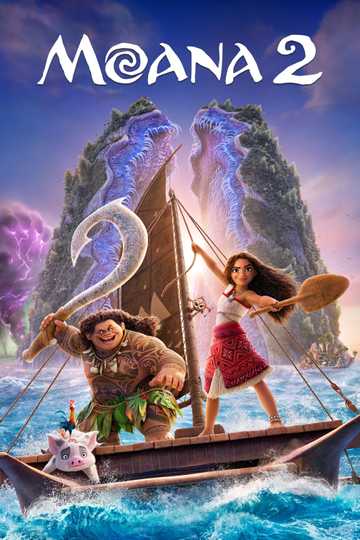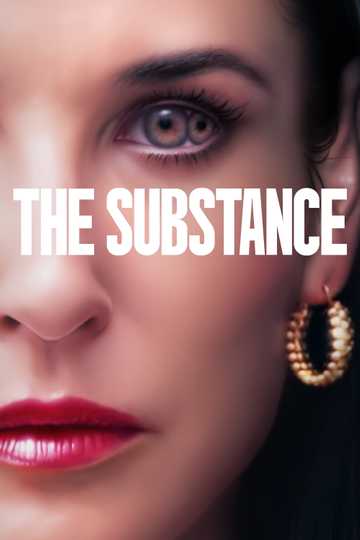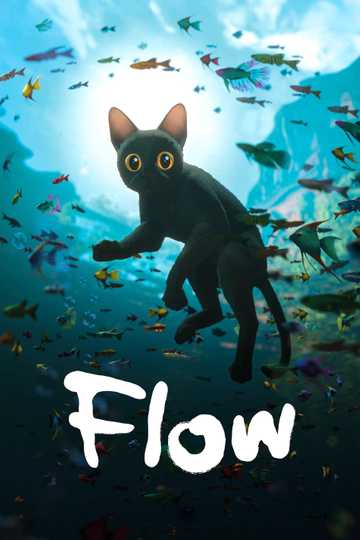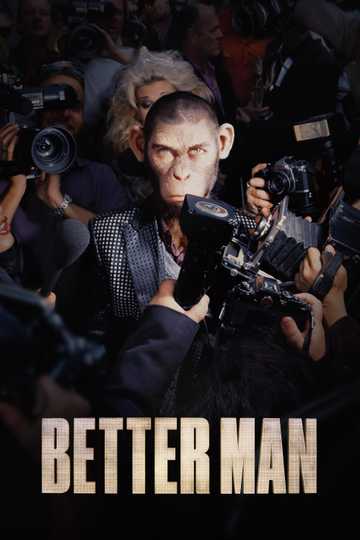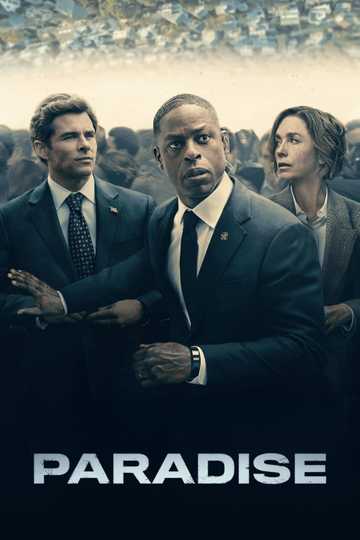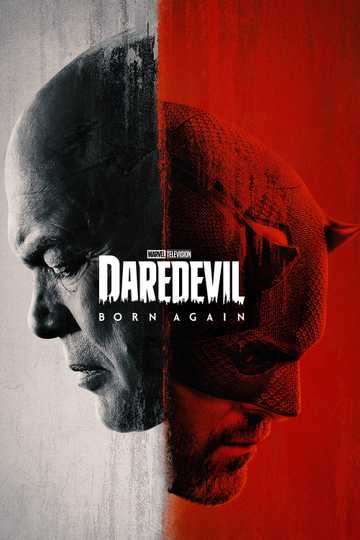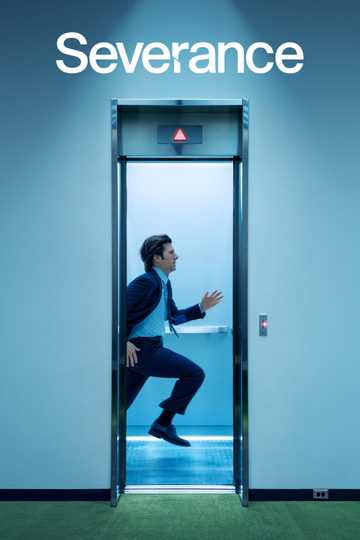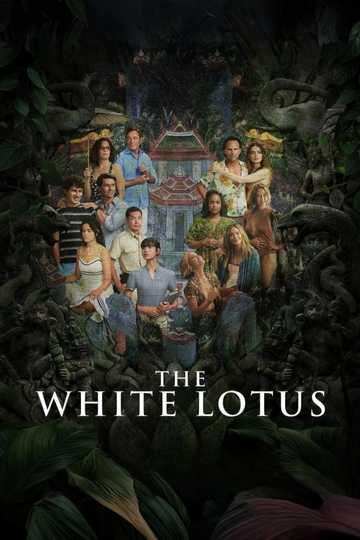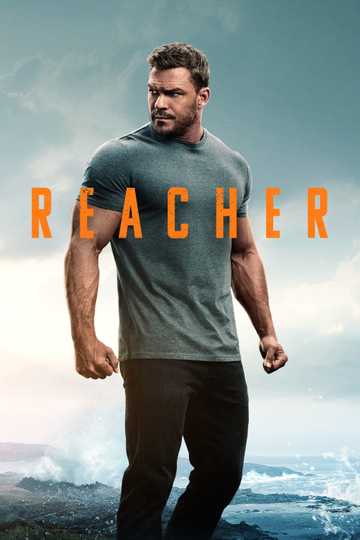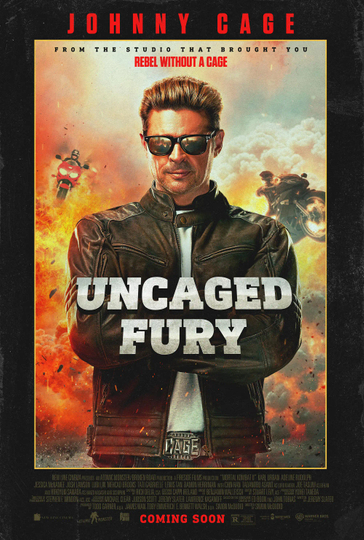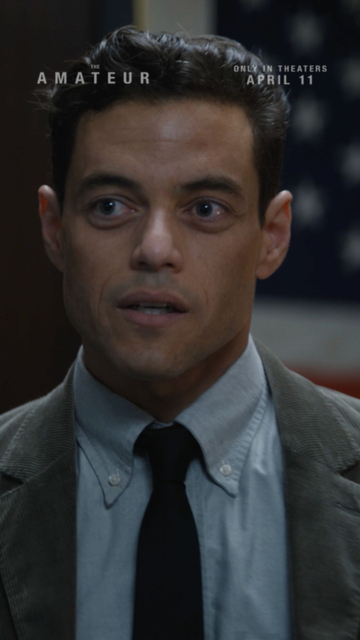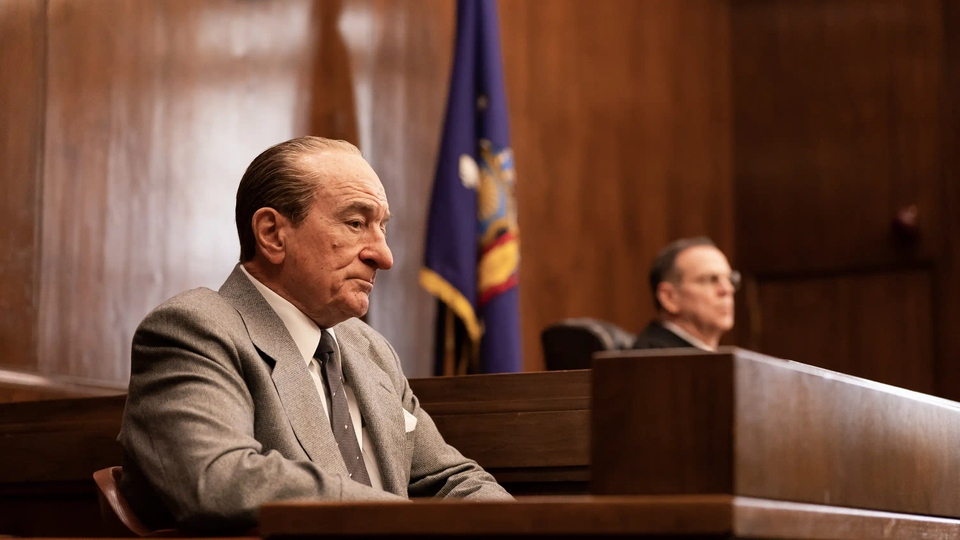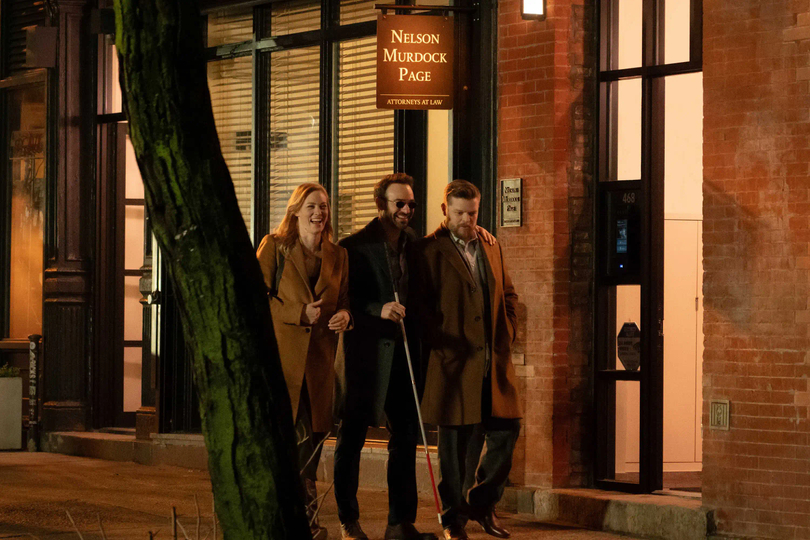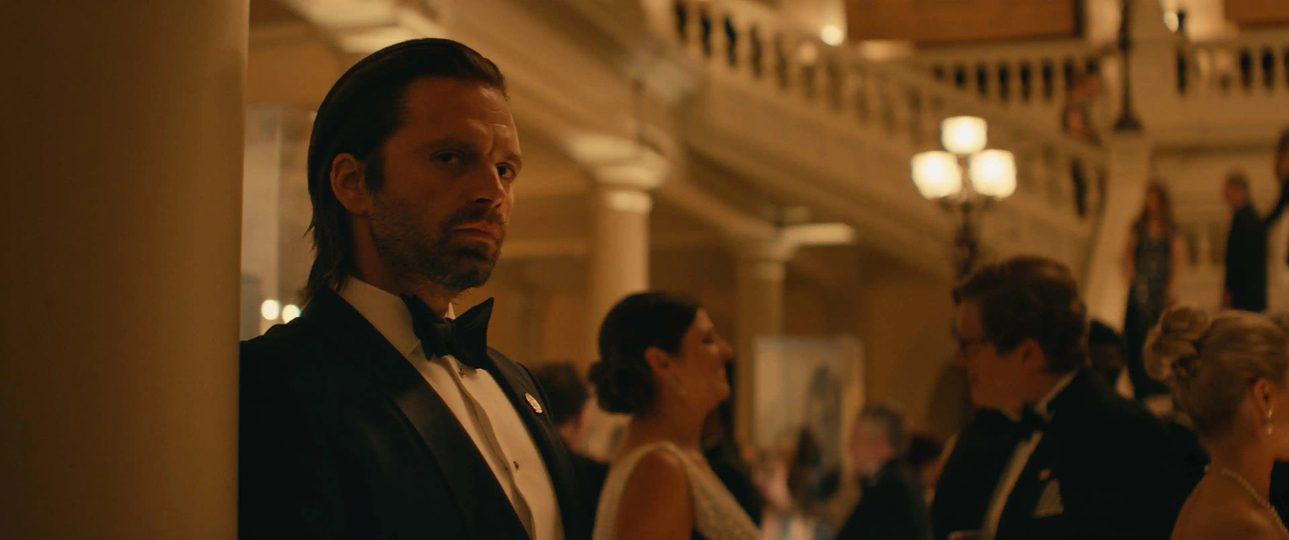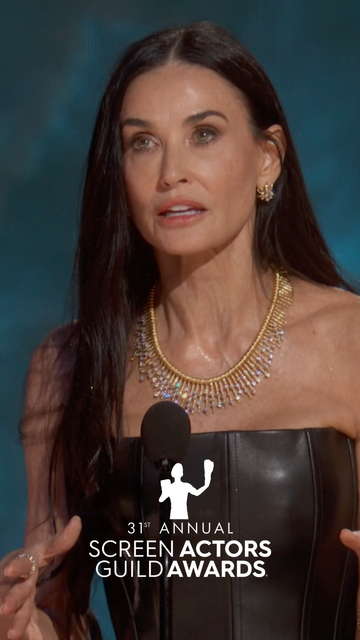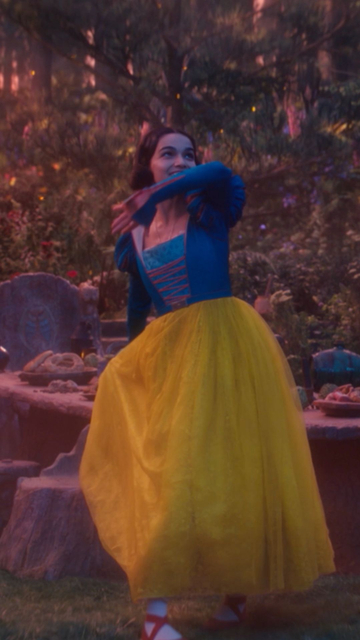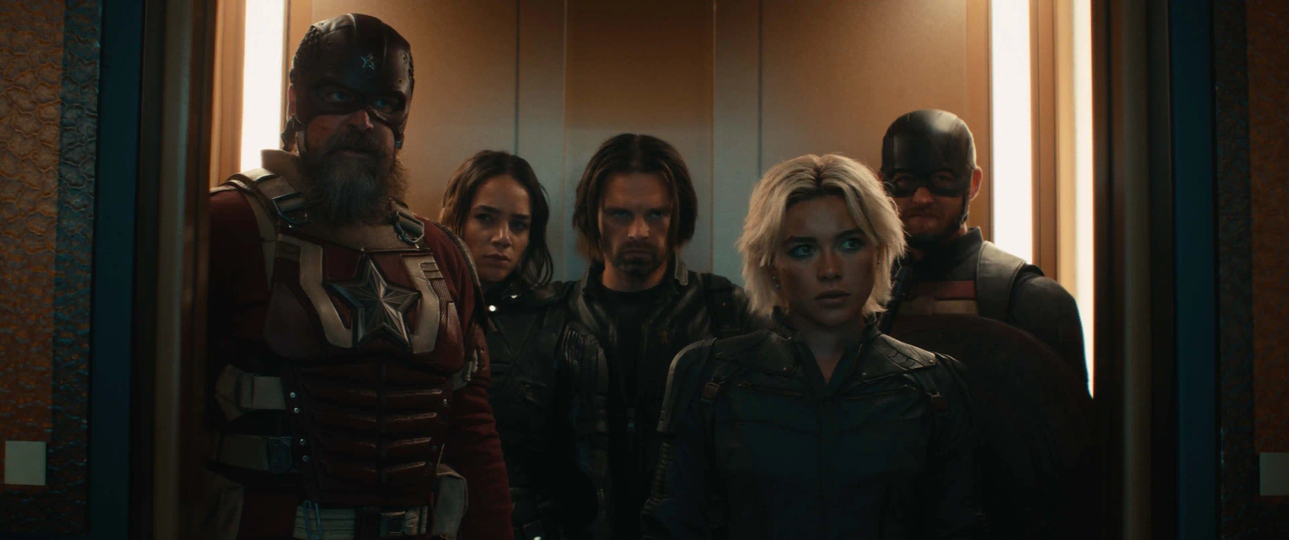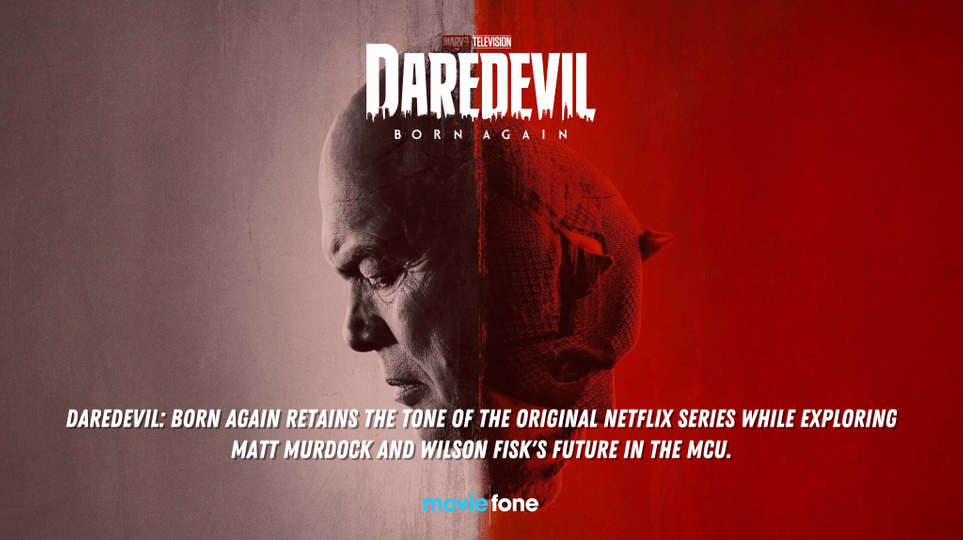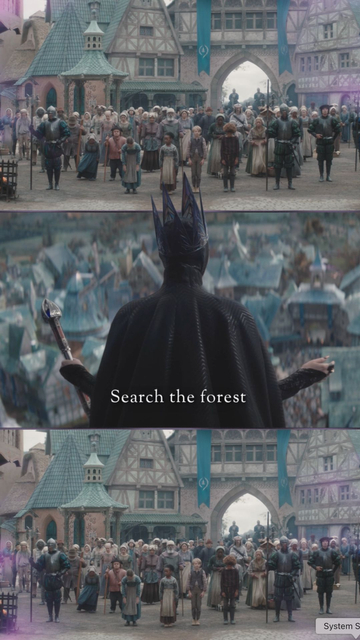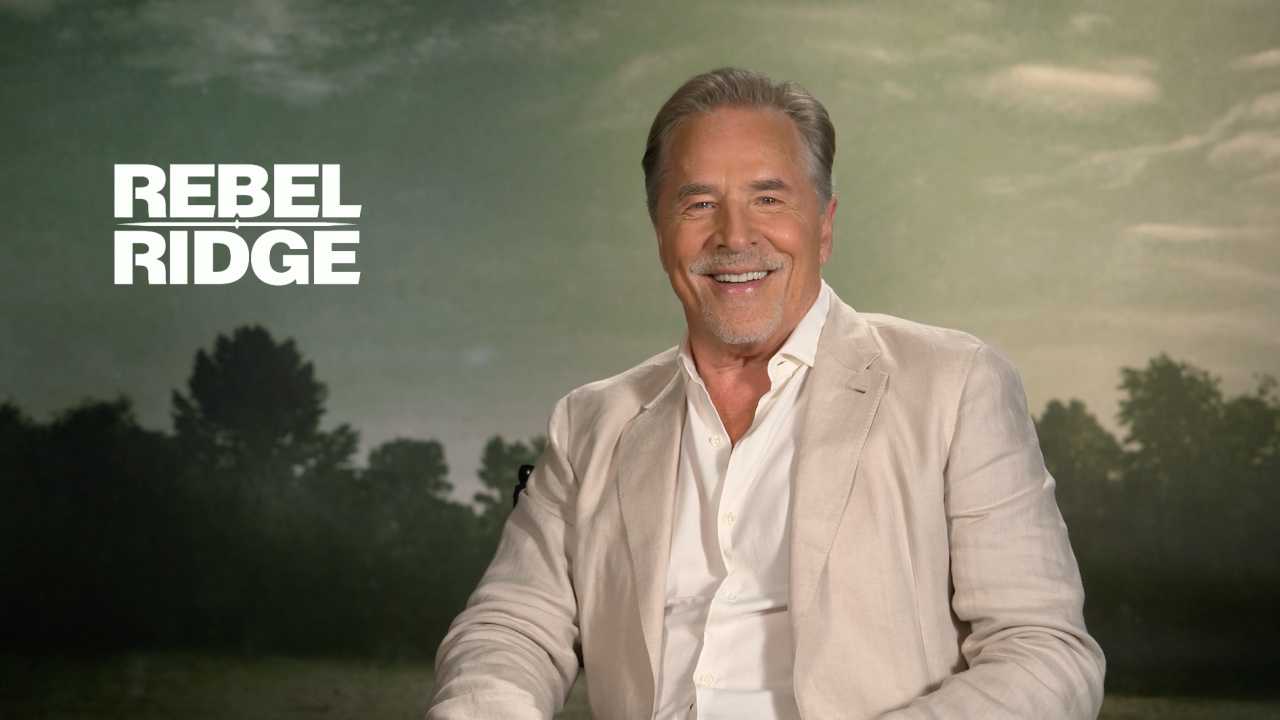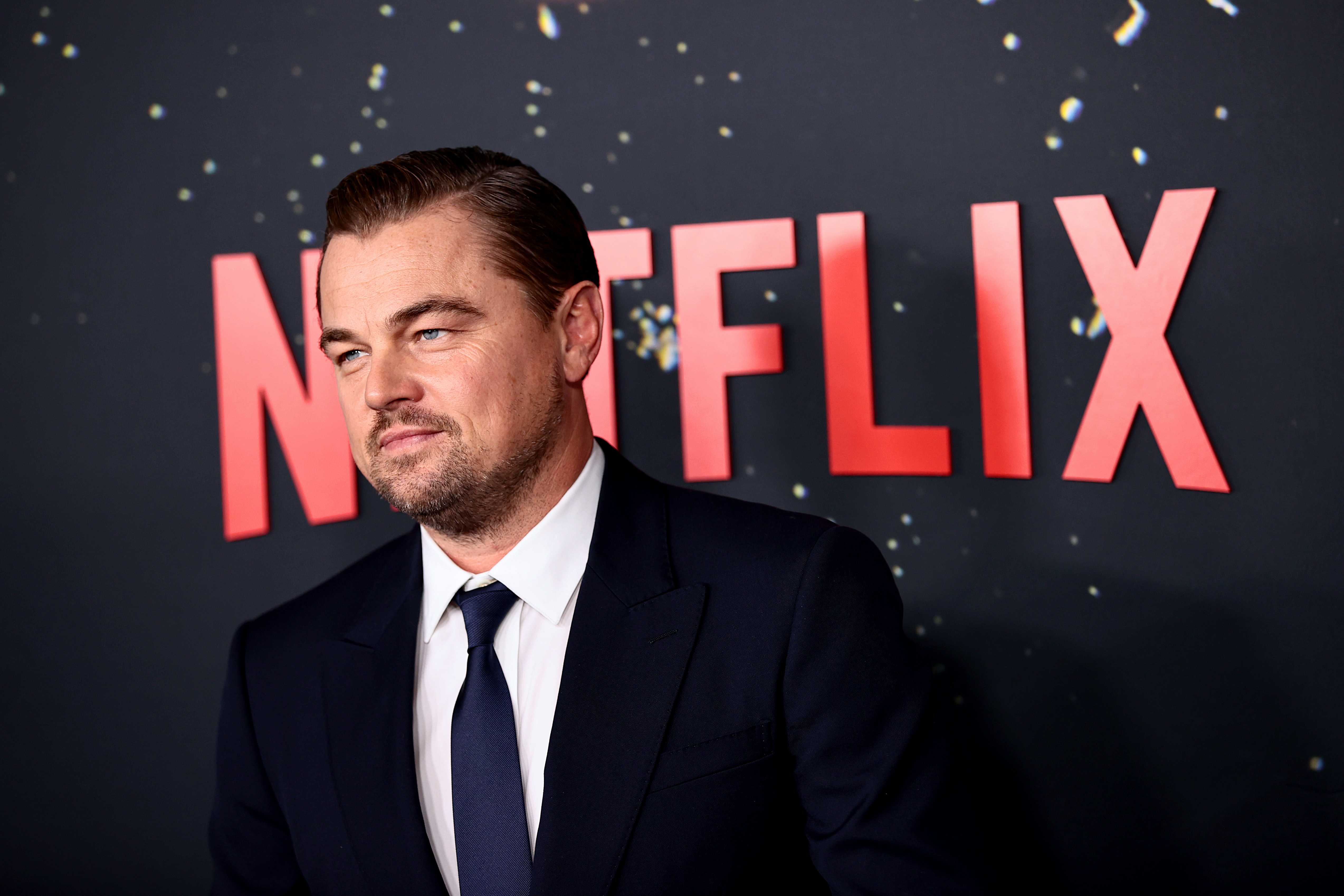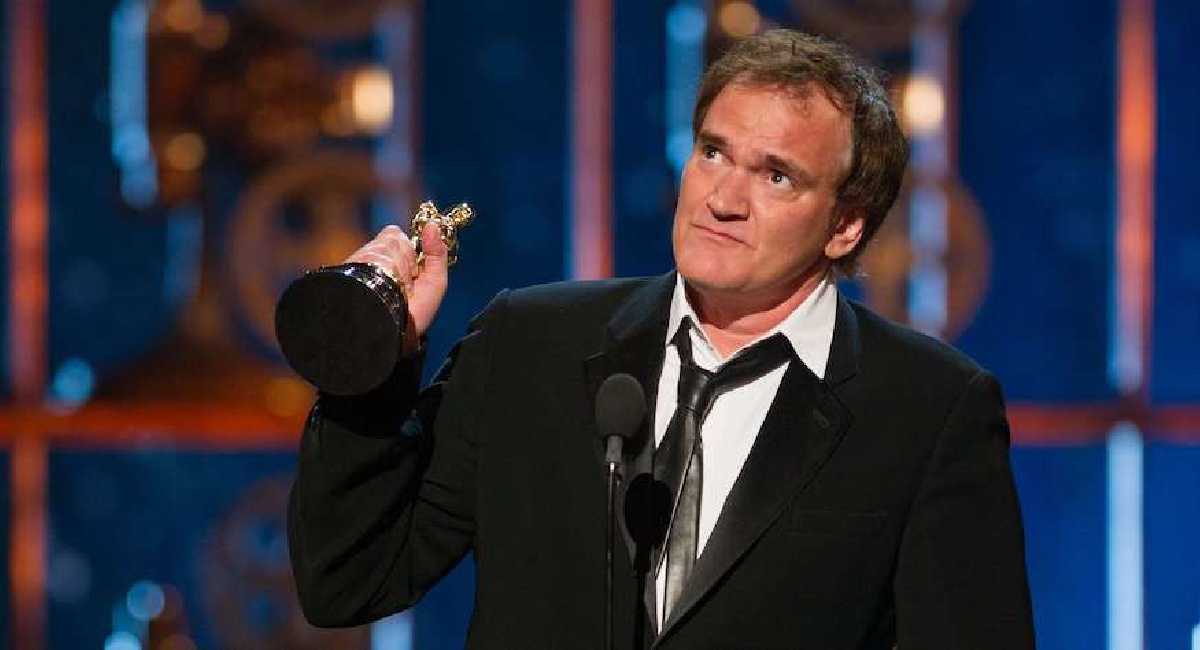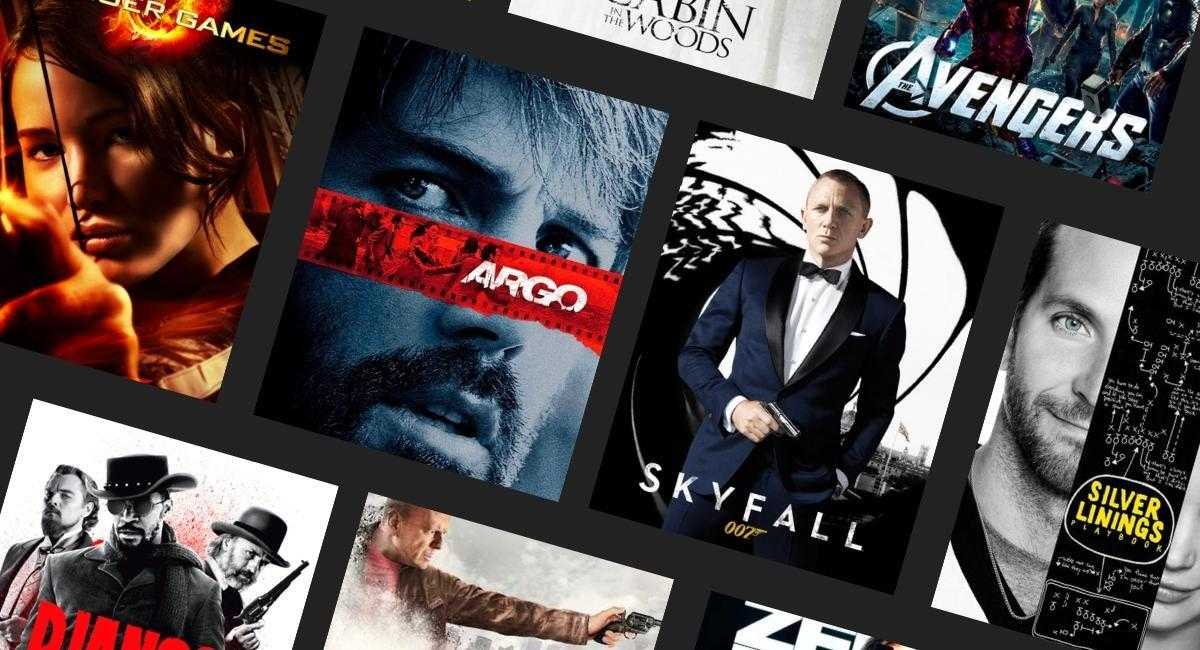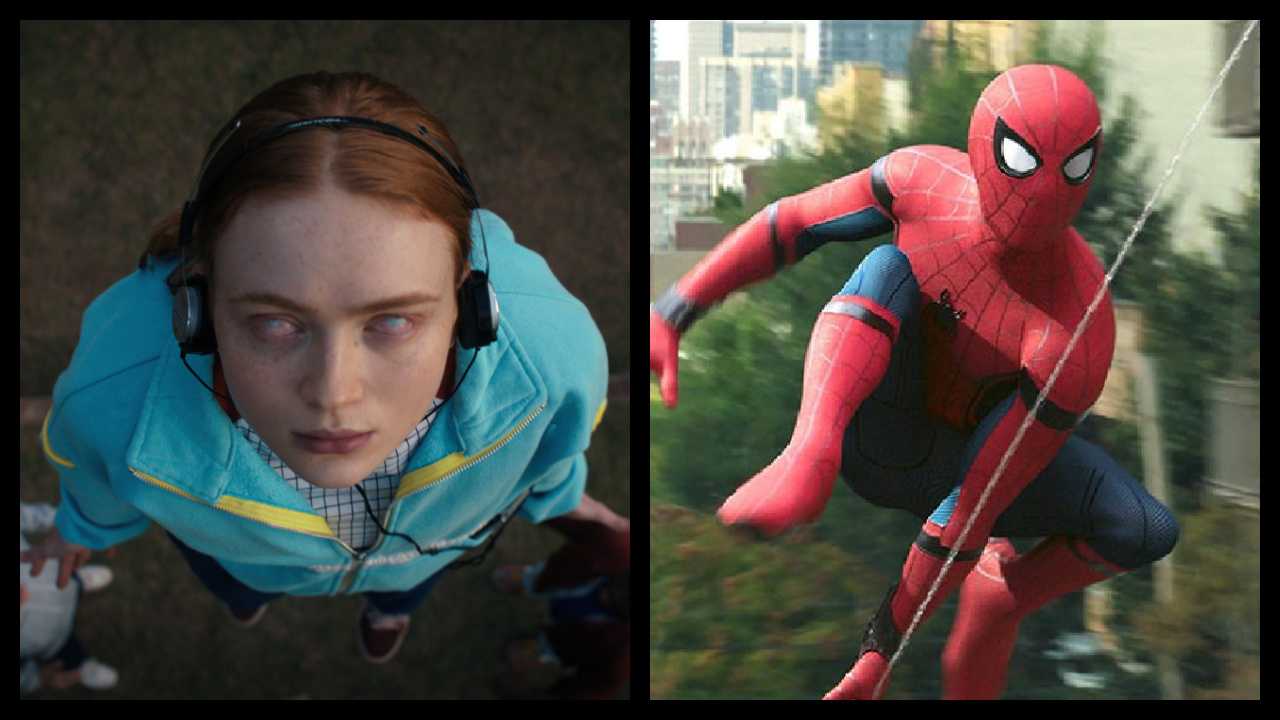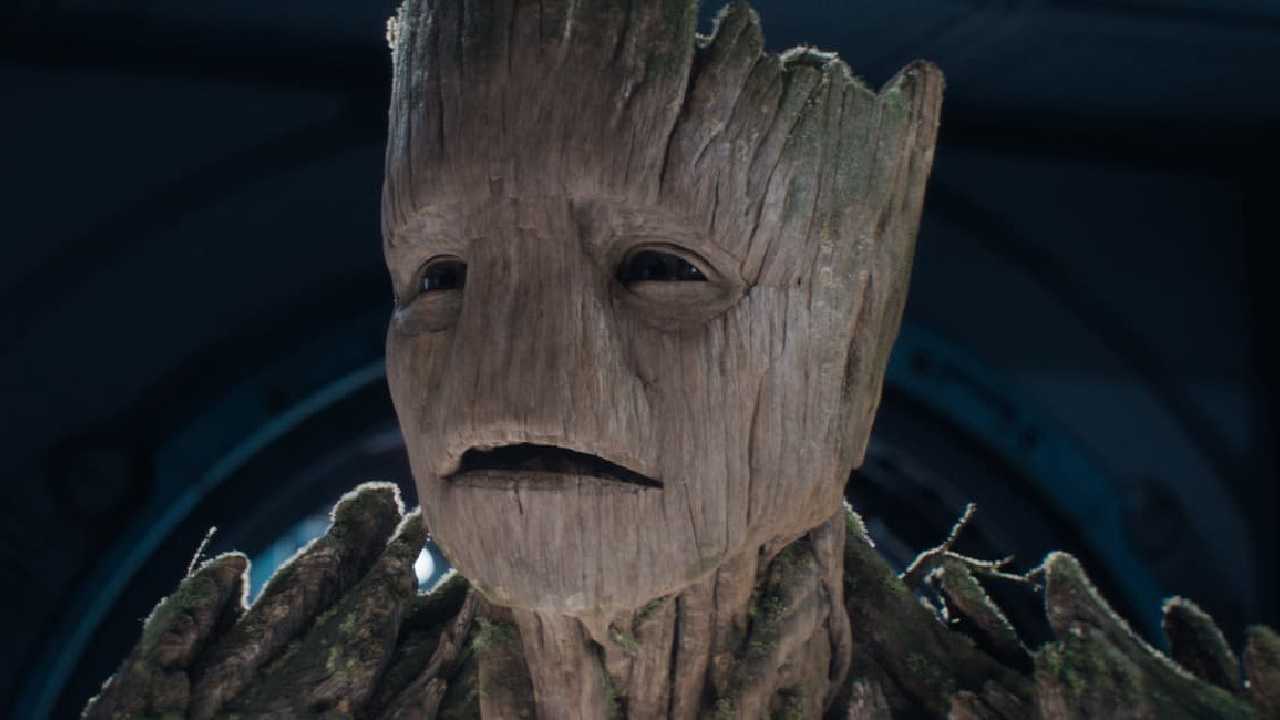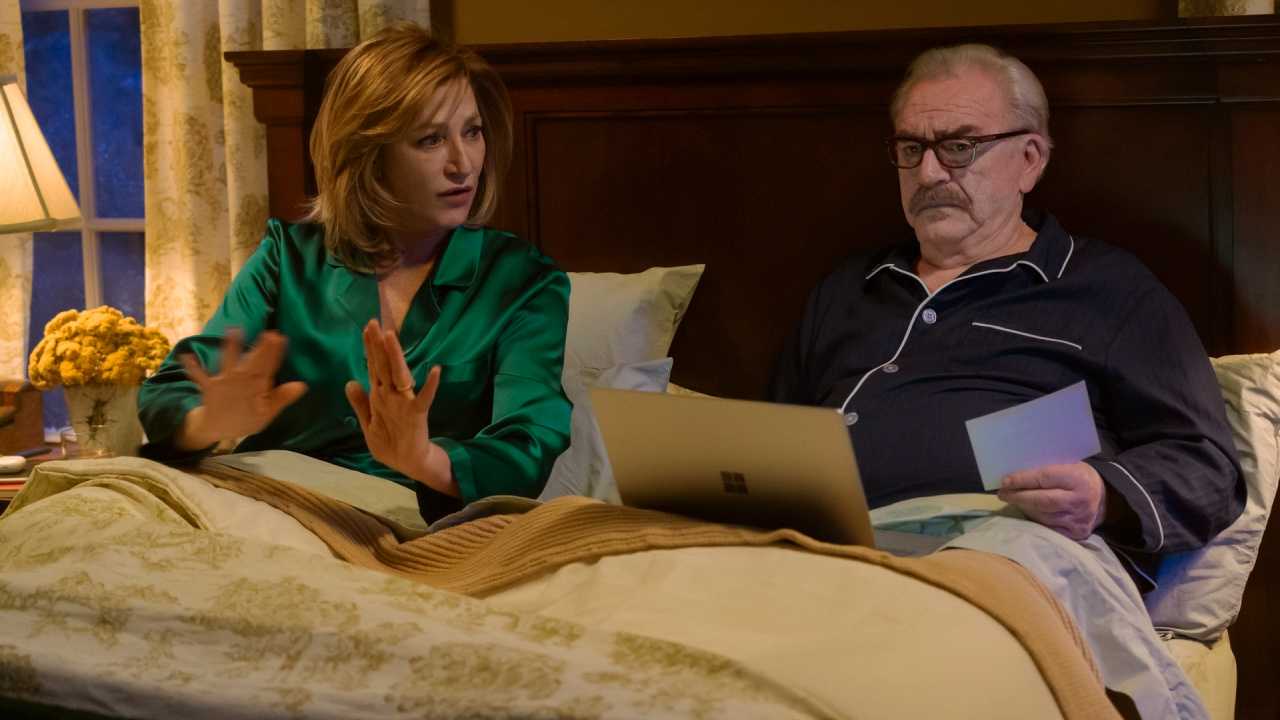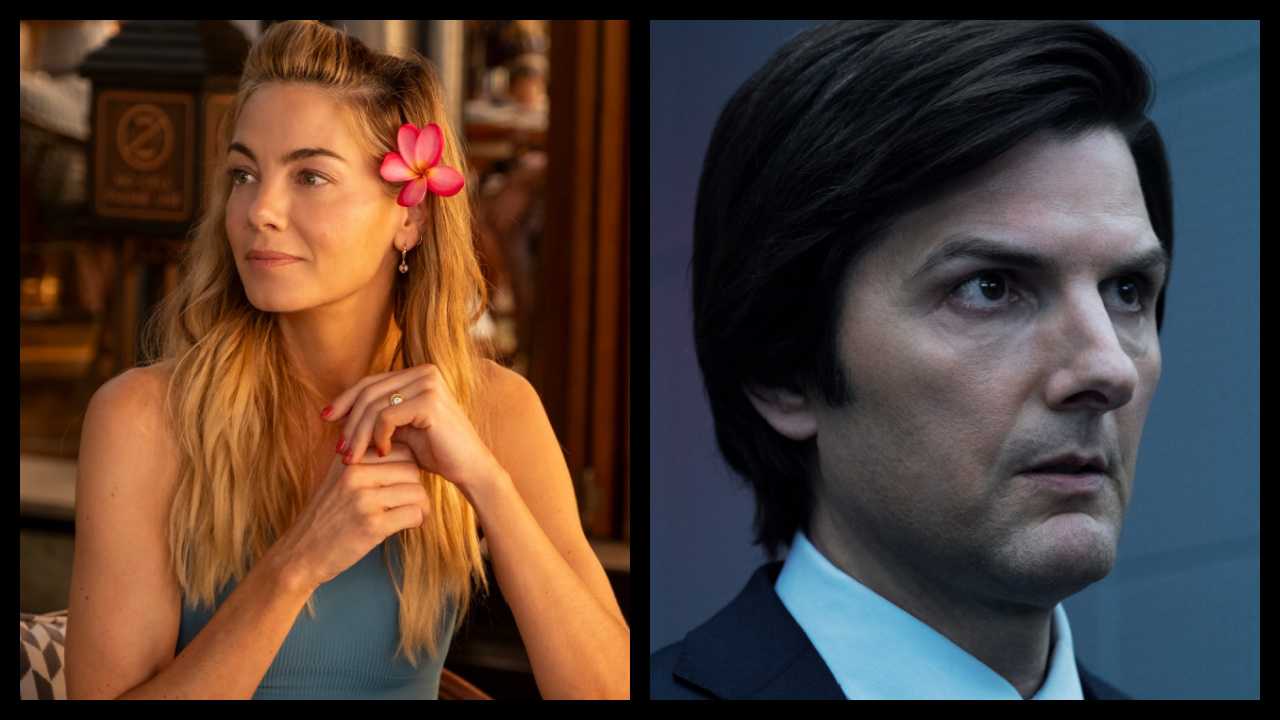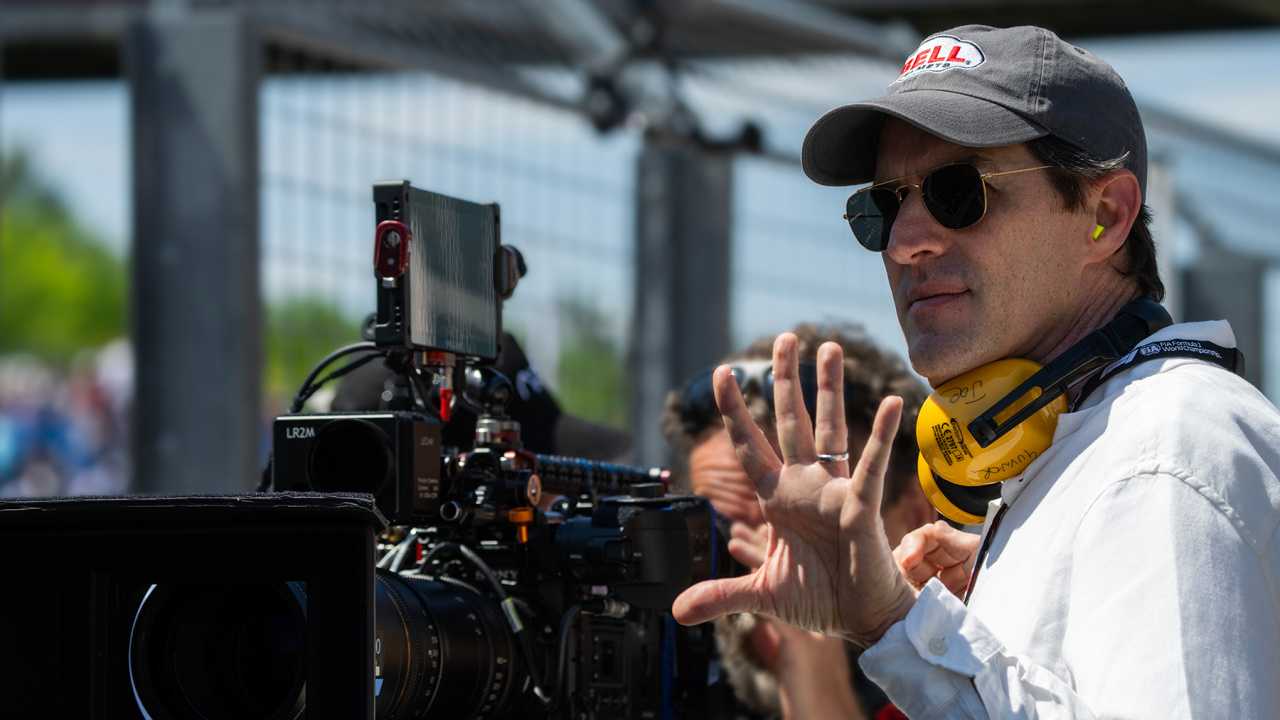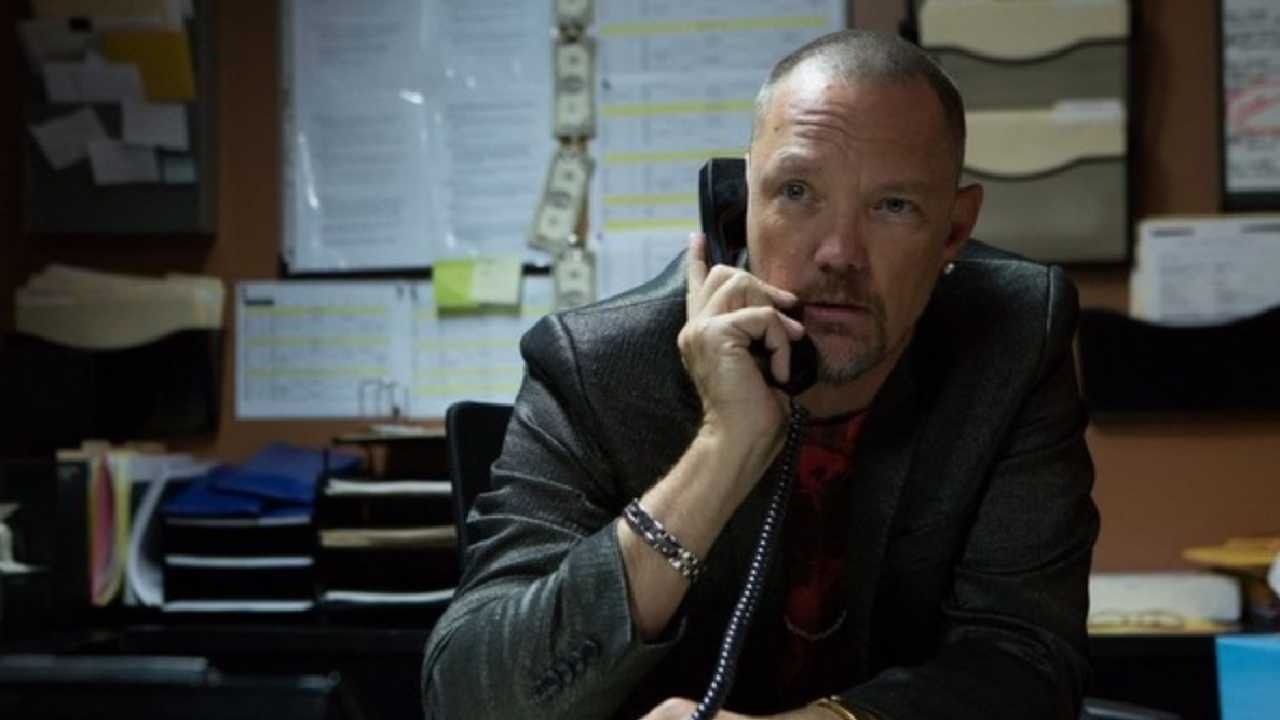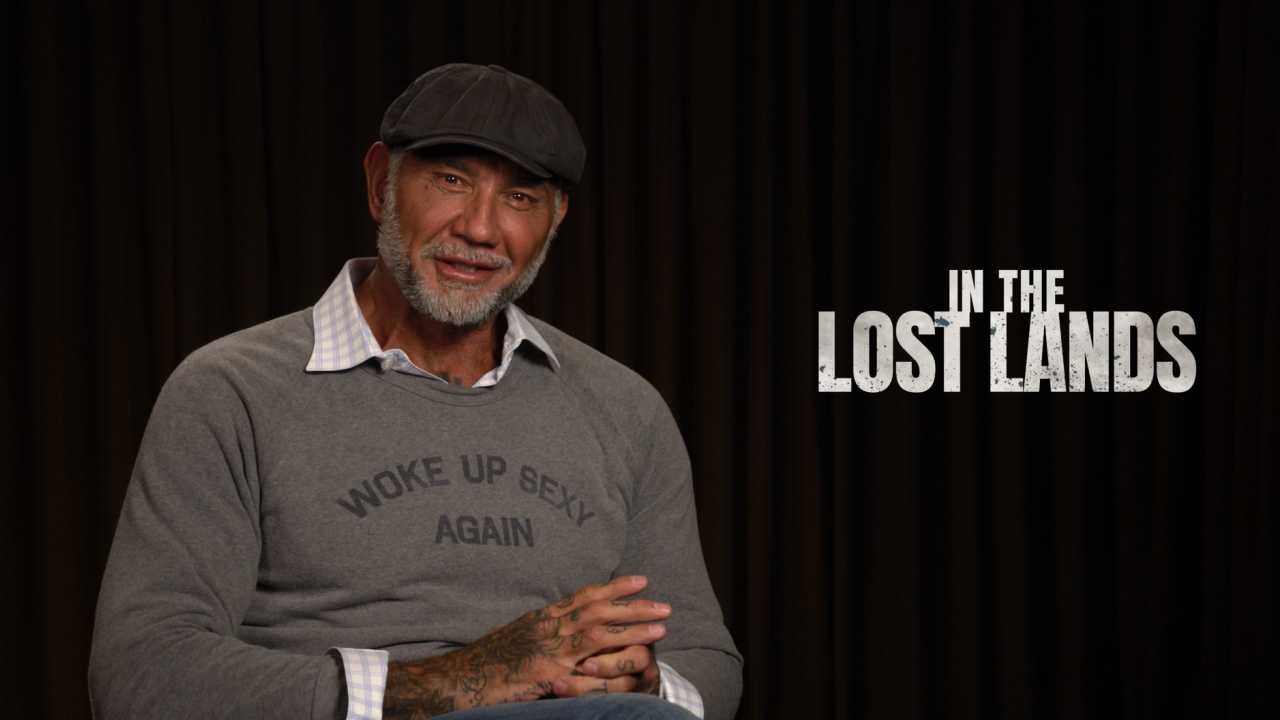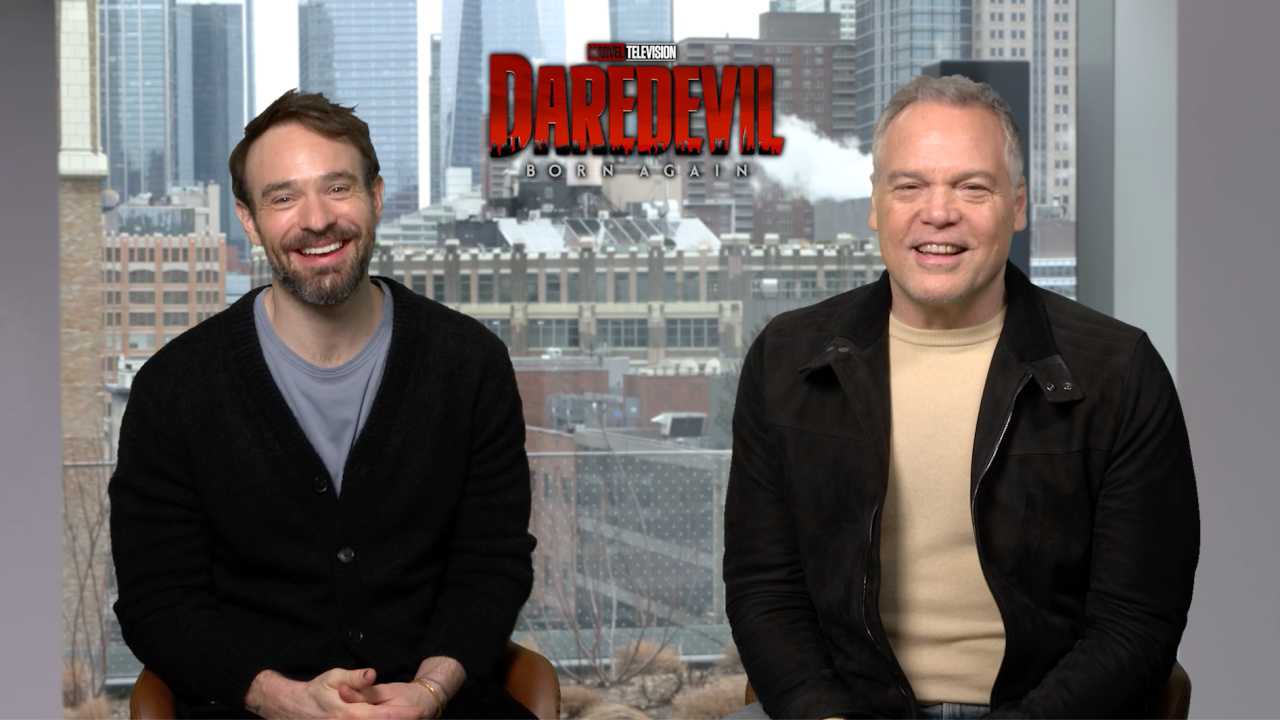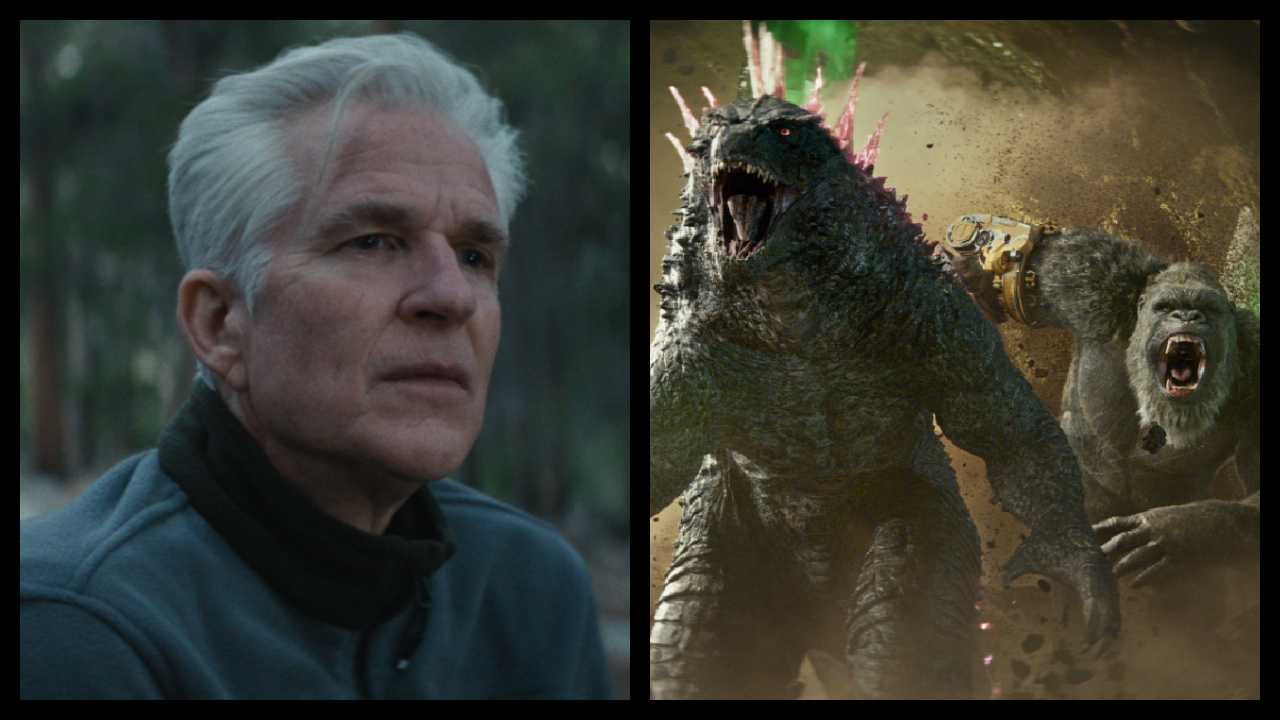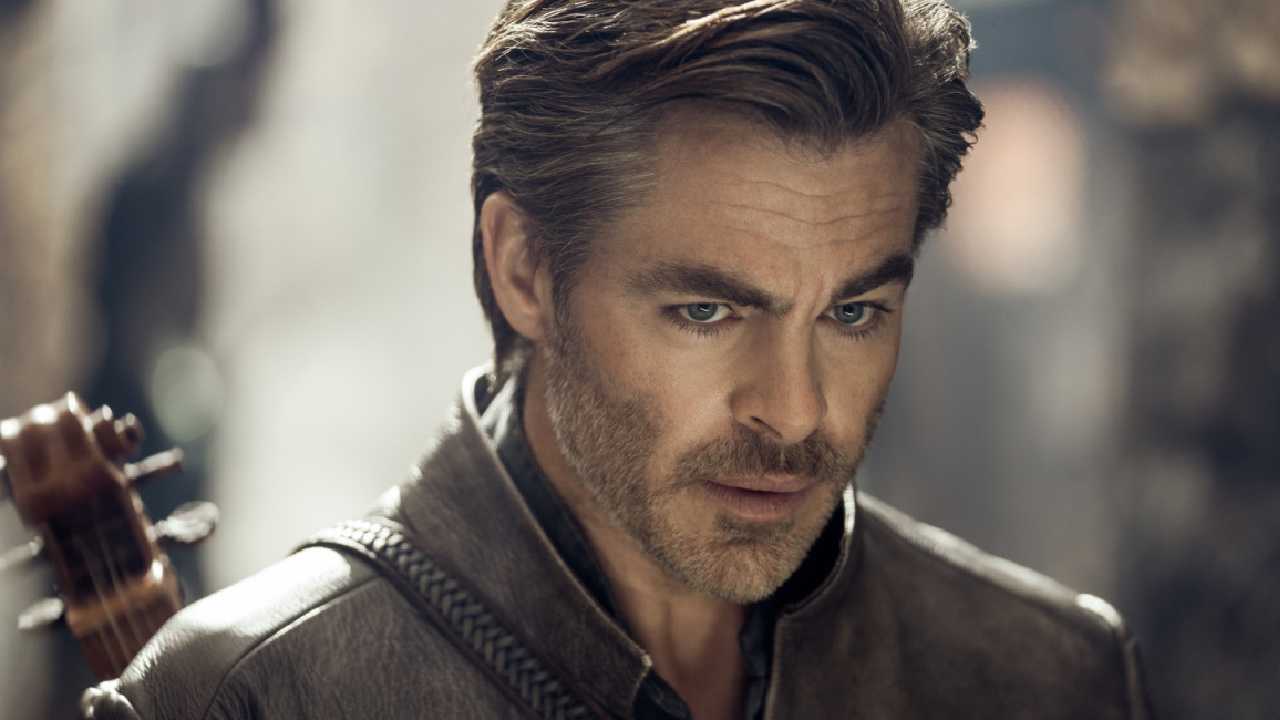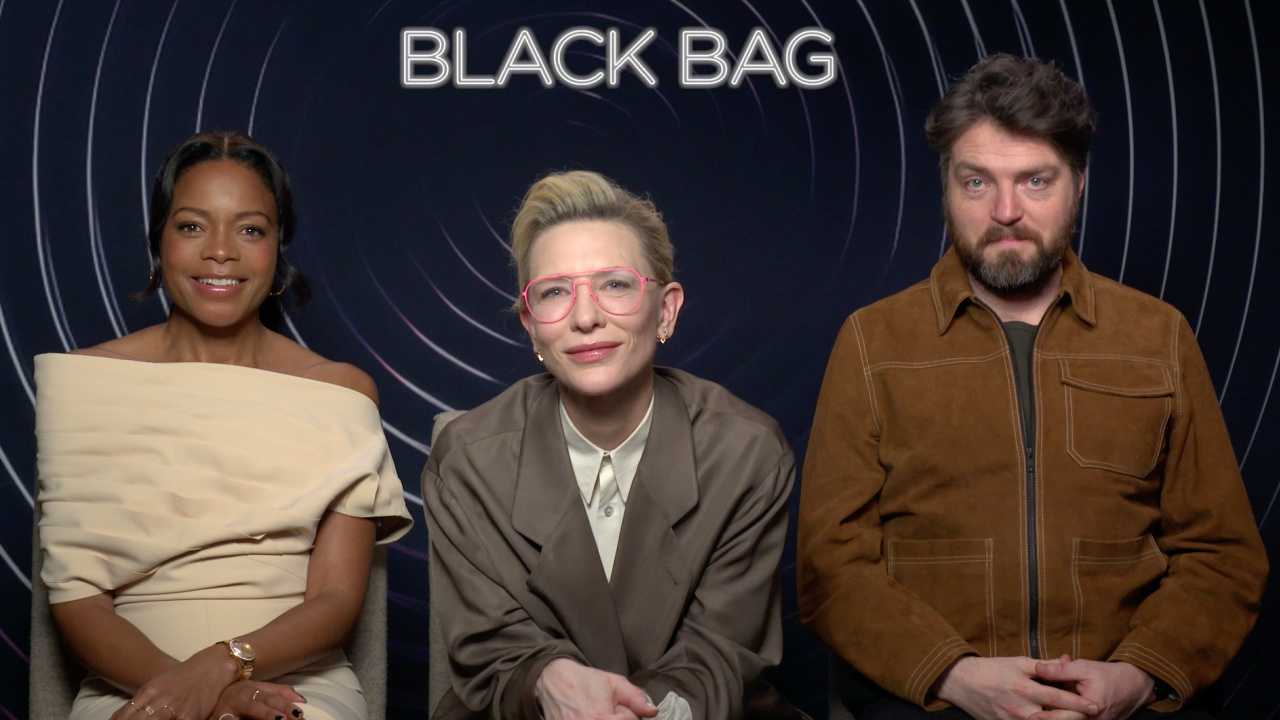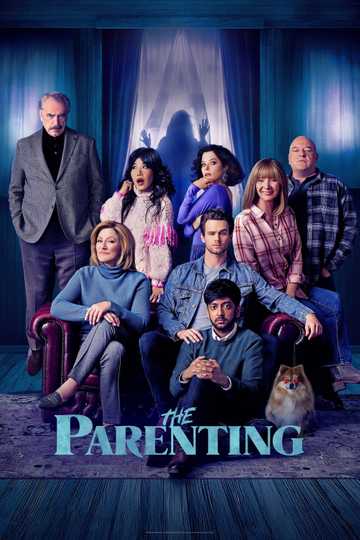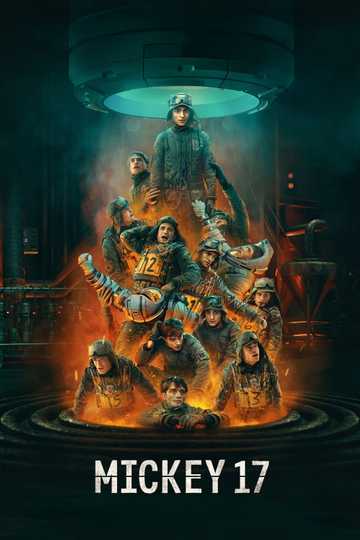Every Quentin Tarantino Movie, Ranked From 'Reservoir Dogs' to 'Once Upon a Time in Hollywood'
Each and every time Quentin Tarantino makes a movie, it’s an event. He has publicly stated (repeatedly) that he wants to end his career after ten movies. With this weekend’s opening of “Once Upon a Time … in Hollywood,” his ninth feature (he counts both “Kill Bill” installments as a single film), we are one step closer to his supposed retirement. So it’s time to look back, celebrate and assess, and beg him not to retire after one more movie (please).
10. 'Reservoir Dogs' (1992)
Tarantino’s first feature (discounting his never-finished “My Best Friend’s Birthday”), workshopped at Sundance and completed to much praise, is a bold inaugural statement but doesn’t hold up as well as some of his later work (in many ways it seems like a dry run for the superior “The Hateful Eight”). Still, it’s fun to see a veritable who’s-who of 1990’s indie actors (Tim Roth! Steve Buscemi! Harvey Keitel!) gamely reciting Tarantino’s rococo dialogue and obviously the ear-cutting sequence is a classic. Tarantino was hinting at the major voice he would become with this one, but even when he was starting out, he was better than virtually anybody else on the scene.
9. 'Kill Bill: Volume 2' (2004)
“Kill Bill, Vol.2” is, above all else, a disappointment: all of the mystery and intrigue from the first film evaporates (along with iconic touches like The Bride’s kill list), replaced my messy fights, length flashbacks, and the most anticlimactic ending, potentially of all time. (You’re telling me that two stone-cold killers are going to finally end their feud sitting down?) There’s even more of a taint to the film thanks to recent revelations about Tarantino’s treatment of star Uma Thurman and a painful car crash on set (one that could have totally been avoided). We feel robbed, of a proper ending for Budd, of a climax befitting two warriors, of just about anything to hang our hat on, besides a pair of hammy Michael Parks performances and some cool music.
8. 'Django Unchained' (2012)
Tarantino’s first out-and-out western, after flirting with the genre for a number of films, is a violent treatise on race and class in the post-Civil War south. It is also, of course, an escapist romp about cinema’s power to right the sins of the past. But you can feel that Tarantino had a hard time wrangling this one; the overlong script had a number of pivotal sequences dropped amid casting difficulties, including the entire backstory for Kerry Washington’s character, and the recent death of Tarantino’s longtime editor Sally Menke is felt deeply. Also, in less than a decade, it’s the one movie of the filmmaker’s that seems to be aging – and badly at that, from the messy third act (that just regurgitates “Inglourious Basters”) to the fact that there’s a Rick Ross song on the soundtrack for no apparent reason. Tarantino has been talking recently about expanding “Django Unchained” into a director’s cut or miniseries and that might be for the best. Sure, it’s fun, but it also needed to breathe a bit more.
7. 'Death Proof' (2007)
What was initially dismissed as a frivolous lark (originally packaged as one half of Dimension’s doomed “Grindhouse” project and expanded considerably for a Cannes premiere and stand-alone cut), “Death Proof” has taken on new resonance following a bombshell New York Times report about a stunt gone wrong on the set of “Kill Bill” involving Uma Thurman and a very fast car. Now “Death Proof,” about a psychopathic stunt man who talks women with his “death proof” reinforced car, has been given added dimension: the second group of women he stalks is led by Zoe Bell, who served as Uma Thurman’s stunt double on “Kill Bill” (hello!). They eventually turn the tables on him and exact some very Tarantino-y revenge. Tarantino has described his films as “painfully personal,” and “Death Proof” seems to have been the way he was working through his feelings following the Thurman incident, his guilt, rage, and anguish are all there, alongside some of his most breathless action sequences. In a way, it’s his grand, blood-splattered confession.
6. 'The Hateful Eight' (2015)
Another underappreciated entry in the canon was 2015’s “The Hateful Eight,” a movie primarily motivated by the filmmaker’s desire to utilize 70mm film employed to … shoot a bunch of guys in a room talking. Sure! Ostensibly Tarantino’s riff on John Carpenter’s “The Thing” (the score is comprised mainly of music that went unused for that film), it’s a claustrophobic western where a bunch of bad hombres (among them: Samuel L. Jackson, Tim Roth, Walt Goggins and Michael Madsen) are holed up during a blizzard and trying to kill one another. Easily Tarantino’s angriest film, if it had just been released a few years later, it would have captured the zeitgeist of a nation that was divided once again along lines of race and prejudice. But, slightly ahead of its time, “The Hateful Eight” was met with more of a shrug than anything else. It deserves to be revisited, and a longer, miniseries version of the film is now on Netflix. Cozy up and spend the night watching this underrated gem.
5. 'Kill Bill: Volume 1' (2003)
When Quentin Tarantino finally returned after a much-too-long hiatus following “Jackie Brown,” he did so with a vengeance. Literally. “Kill Bill, Vol. 1” is an out-of-control martial arts epic from a filmmaker who, up until this point, had been known primarily for his talky dialogue sequences. It’s just the kind of sharp left turn we’d expect from a director whose career has taken just as many twists as his movies have. Uma Thurman stars as a woman who was left for dead at her wedding rehearsal and wakes up ready for revenge. Indulging in his love of samurai films and Kung Fu epics, Tarantino creates a beautifully realized, candy-colored world full of lovingly crafted swords and tons of arterial spray. As a straight up popcorn epic, it doesn’t get much better than “Kill Bill, Vol. 1.” And that cliffhanger? *Chef’s kiss*
4. 'Jackie Brown' (1997)
While “Jackie Brown” was quickly dismissed when it was initially released as the limp follow-up to “Pulp Fiction,” it has grown in stature over the years, and now towers as one of the director’s most mature, thoughtful works. Notable for being the only movie based on a preexisting work (Elmore Leonard’s suitably twisty crime novel “Rum Punch”), it was adapted and interpreted as only Tarantino could, turning the lead character from a white woman into a middle-aged black woman (a never-better Pam Grier) and making the title something that could have fit on any Blaxpoitation bill. With “Jackie Brown,” his youthful exuberance is put on the back burner for a meditation on what it means to get old gracefully and with humility (almost all of the characters, from Grier to Samuel L. Jackson to Robert Forster to Robert De Niro are concerned about this in one way or another). It’s far from the director’s flashiest film, but it is one of his emotionally complex. Now could he please bring Michael Keaton back for something?
3. 'Once Upon a Time in Hollywood' (2019
Tarantino’s latest sprawling masterwork (its codename while filming was “Magnum Opus” and, yeah, that’s about right) is a shaggy hangout of a movie, a nearly three-hour tour of 1969 Los Angeles and all of the colorful characters who call it home. Leonardo DiCaprio and Brad Pitt, in what could easily be described as career-best performances, are best friends (DiCaprio is a fading TV star, Pitt is his stunt double and drive) who have the bad luck of living next door to Sharon Tate (a luminous Margot Robbie) and Roman Polanski in the weeks and months leading up to the Manson attack. But this isn’t a Manson movie, far from it, it’s about so much more – the transformative power of cinema, the way that eras bleed into one another (quite literally), friendship, love, and the kind of psychic schism that the murders caused. It’s possibly Tarantino’s most nakedly emotional movie and easily his sweetest. But it’s also audacious and loud and full of technical wizardry (Pitt’s visit to the family’s camp, a former ranch and western shooting location, is full of horror and tension); in other words, the kind of movie only Tarantino could pull off.
2. 'Inglourious Basterds' (2007)
Talk about a flex: “Inglourious Basterds,” a worldwide box office hit and critical darling, is a nearly three-hour WWII epic that doesn’t feature any actual war sequences, is loosely divided up into “chapters” (many of them extended suspense set pieces) and features very little spoken English dialogue. (My guess is around 30% of it is in English.) But what people responded to was the fearlessness and confidence in Tarantino’s storytelling (put a Bowie song in a period drama, sure!), its expert technical craft (it’s just gorgeous), its cathartic alternate history ending and the caliber of the performances, many essayed by actors and actresses audiences had never seen before or even heard of (besides, of course, the brilliant Brad Pitt performance at the movie’s center). It’s one of those ballsy gambles that only Tarantino could have pulled off.
1. 'Pulp Fiction' (1994)
“Pulp Fiction” didn’t just blow up America cinema, paving the way for the creative and commercial gold rush of independent cinema in the mid-1990s but it served to resurrect the career of John Travolta (who would spend much of the remaining decade enjoying the afterglow) while simultaneously announcing the arrival of a major artistic talent in writer-director Quentin Tarantino (who would win an Oscar for his script and a Palme d’Or for his movie). “Pulp Fiction” was everything. It was everywhere. And it’s effects can still be felt today, every time a criminal lowlife in a movie has a lengthy digression about pop culture or an incongruous pop song is played against some act of horrible violence. At the time, nobody had seen a movie like “Pulp Fiction,” one as bold and confidently told, with its jumbled narrative structure and outré characters. 25 years later, it still feels as fresh and original and explosive.
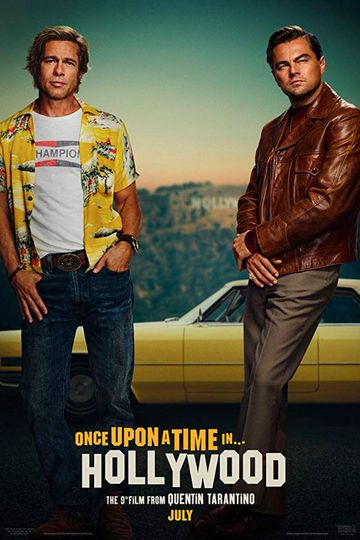
Once Upon a Time... in Hollywood

